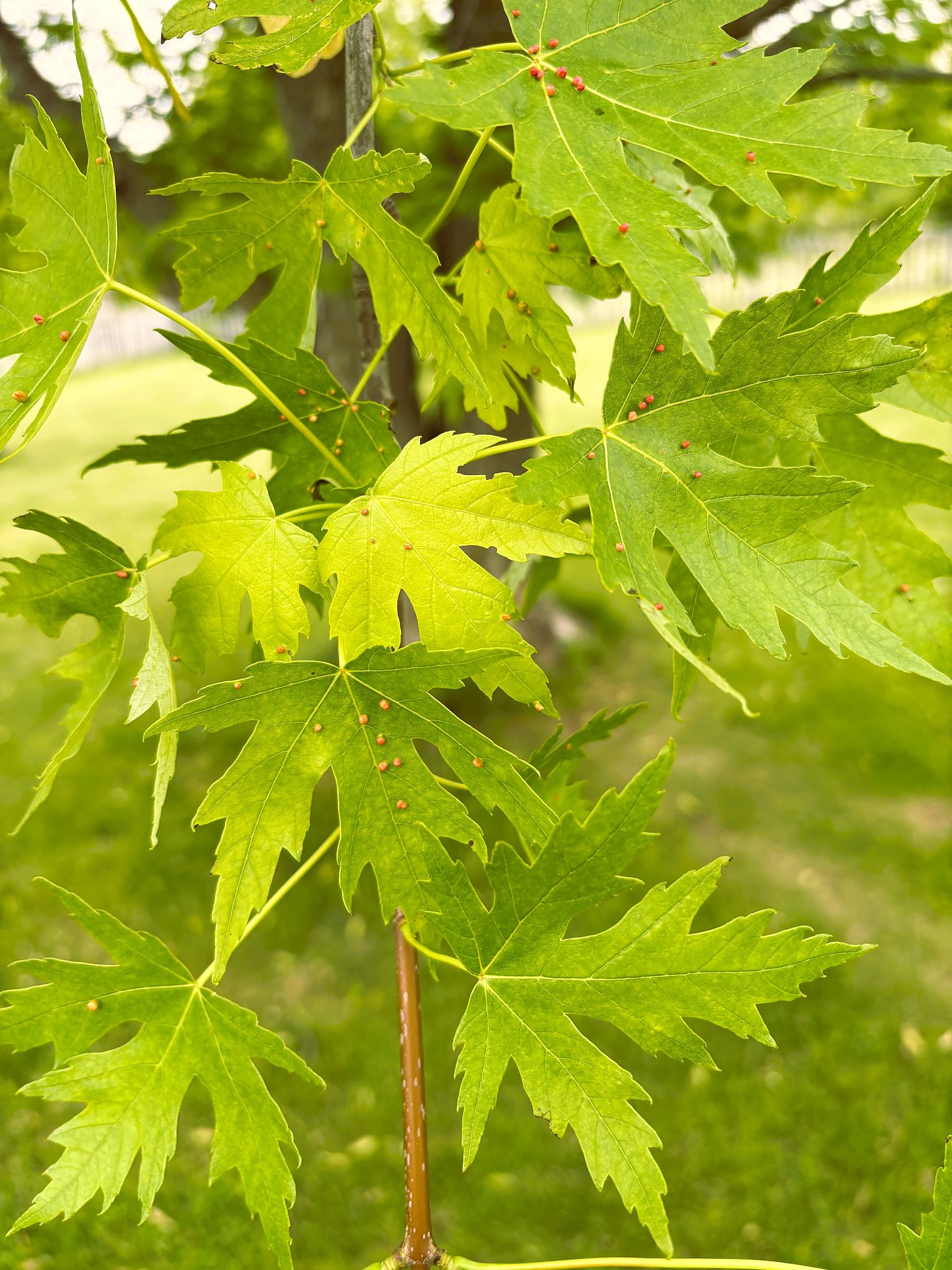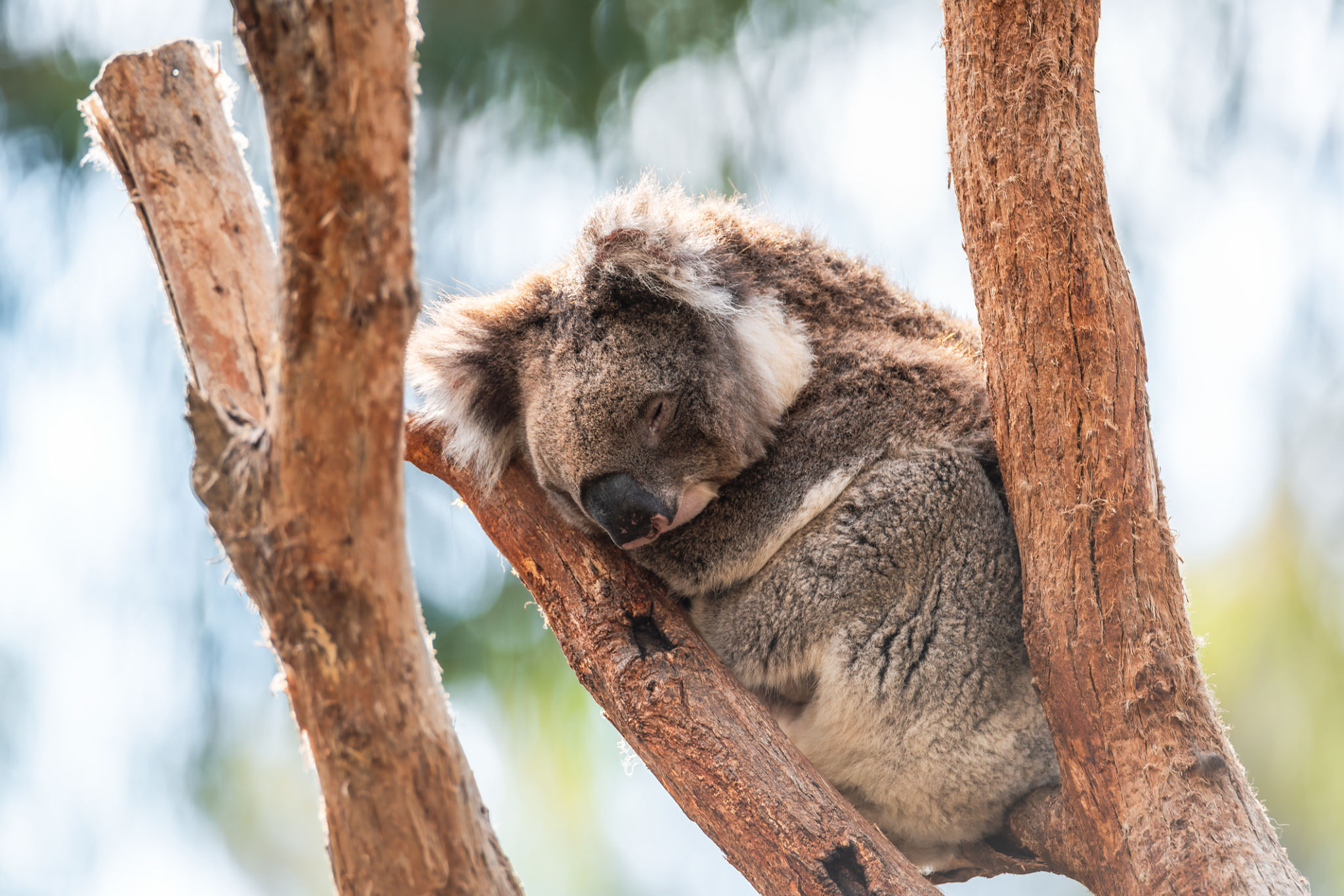Addressing Invasive Species in Australia: Consulting Strategies and Solutions
The Impact of Invasive Species in Australia
Australia, with its unique ecosystems and diverse wildlife, faces significant challenges due to the introduction of non-native species. These invasive species can disrupt local habitats, threaten native flora and fauna, and incur substantial economic costs. Effective management and eradication require strategic approaches that involve both governmental and private consulting efforts.

Understanding the Threat
Invasive species are organisms that cause harm to the environment, economy, or human health when introduced to a new habitat. In Australia, species such as the cane toad, European rabbit, and feral cat have wreaked havoc on local ecosystems. They compete with native species for resources, alter habitats, and can introduce diseases. Addressing these threats requires a deep understanding of their ecological impact and the dynamics of the affected systems.
Consulting Strategies for Management
Consulting strategies play a crucial role in managing invasive species by providing expert insights and tailored solutions. These strategies often involve a multi-pronged approach:
- Assessment and Monitoring: Consulting firms conduct thorough assessments to identify invasive species and monitor their spread. This involves using technology like GIS mapping and remote sensing.
- Public Awareness: Educating communities about the risks associated with invasive species is vital. Consultants design campaigns to increase awareness and encourage community participation in control measures.

Innovative Solutions in Eradication
Eradicating invasive species is not only about removal but also about ensuring they do not return. Innovative solutions include:
- Biological Control: Introducing natural predators or pathogens to control invasive populations can be effective but requires careful planning to avoid unintended consequences.
- Integrated Pest Management (IPM): This approach combines biological, chemical, and mechanical methods to manage invasive species sustainably.
Collaborative Efforts and Community Involvement
Successful management of invasive species often hinges on collaboration between various stakeholders. Government agencies, environmental organizations, local communities, and consulting firms must work together to develop comprehensive management plans. Community involvement is particularly important, as residents can provide valuable local knowledge and support ongoing monitoring efforts.

The Role of Technology
Technology is a powerful tool in the fight against invasive species. Drones, satellite imagery, and data analytics help consultants gather real-time data and predict future invasions. Mobile apps can also engage the public by allowing them to report sightings of invasive species quickly.
The Future of Invasive Species Management
The battle against invasive species in Australia is ongoing but not insurmountable. By leveraging consulting expertise, technological advancements, and community support, Australia can protect its unique biodiversity. Continuous innovation and adaptation of strategies will be essential to addressing this complex ecological challenge effectively.